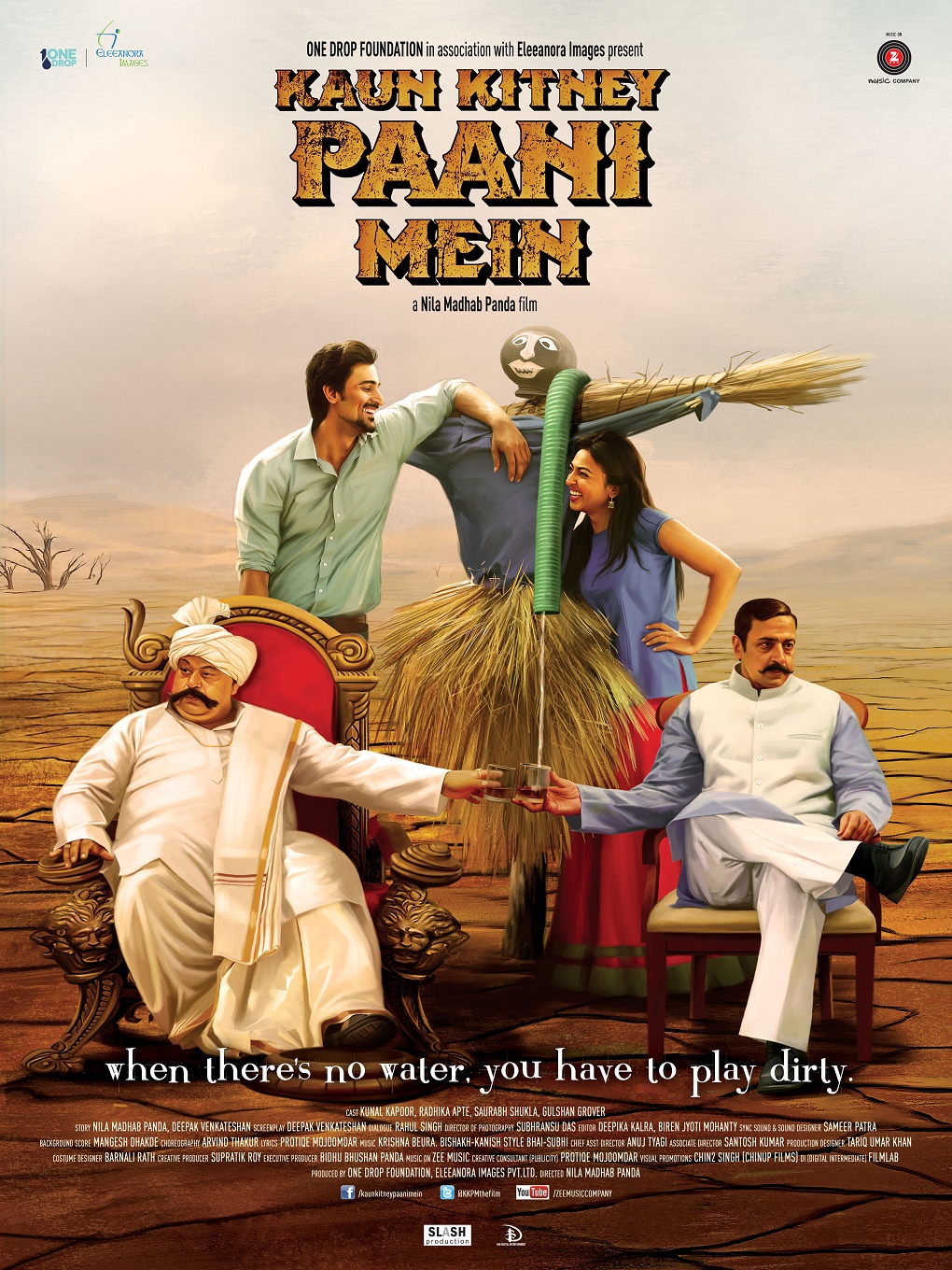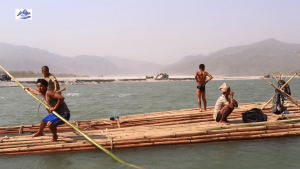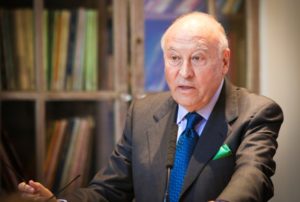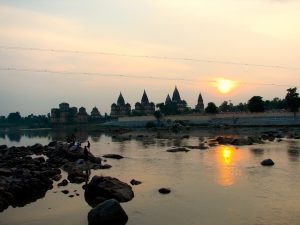Released in August 2015, “Kaun Kitney Panee Mein” (Who is in how much water*), is the first mainstream Hindi film to look directly at the issues of water stress. Directed by the award winning film director, Nila Madhab Panda, the film carries his trademark interest in issues of caste, gender and other issues of social concern, making it a detailed commentary on a multitude of challenges faced by Indians.
The film begins with a bitter prologue. Set in the state of Odisha, it tells the story of a village divided into two – Upri (Upper) and Bairi (Enemy/Outsider). The origin of this dispute is love. The daughter of the king of the village falls in love with a lower caste farm worker. In response, the king not only shoots his daughter, but drives the lower caste farmers out of Upri, and builds a wall dividing the two villages. Decades later, the brother of the murdered girl is now the king, Braj Singh Deo, beautifully portrayed as a sharp-witted, sharp-tongued man in his fifties, who is so used to being surrounded by servants that he cannot even dress himself without their help. Excellently played by Saurabh Shukla – one of the finest character actors in the Hindi film industry – he is the heart of the film, ruling over a village that has no water. Without water there is no sanitation, no crops, and even the king of the village has to decide whether the one bucket of water in the morning will be used to cook his food, or whether he can finally have a bath.
[youtube https://www.youtube.com/watch?v=MR6_F6BsQwc]
The dry hardship of Upri is quirkily portrayed by a sequence involving pouches of drinking water. A local villager uses these pouches to pay for the services of the village prostitute. She, in turn, uses them to both pay the tailor for her clothes, as well as to present them to the local priest. The priest uses one of the pouches to water his little plot of marijuana plants – a possibly sly reference to Marx’s comment about religion being the opiate of the masses. In this way, Panda depicts a water barter economy in which everybody is complicit and constrained.
In the village of the lower castes water is not a problem. Used to working on the farmland, the villagers of Bairi have learned how to use rainwater harvesting and other techniques to make their fields flower. Their leader, Kharu Pahelwan, is an aspiring politician, and this year he hopes to have the grain from the fields of Bairi presented at the temple, instead of the grain from Upri. The hatred that Kharu Pahelwan feels for the Singh Deos of Upri is a palpable thing, and his coming triumph over Upri is a long-awaited delight.
At this stage enters Singh Deo’s son, Yuvraj, who desperately wants to travel to the UK for his higher studies, but has taken so many loans from his friends that he can raise no more funds. His father, profane and blunt speaking as always, tells him that without water they have no money either. He cannot even sell his land because there is no water source. His solution is that Yuvraj somehow ensnares the daughter of Kharu Pahelwan, thus forcing Bairi to share their water with that of Upri.
From these most mercenary of motives, the movie moves into the complicated territory of changing selfish interest into that of shared interest. While the romance between Yuvraj and Paro – Kharu Pahelwan’s daughter – is not the strongest part of the film, the way that Panda illustrates the complex local and national politics, and his humorous take on the use of religion and politics to deal with old and deep divisions is delightful. It helps that the depiction of the lovers upends the misogynistic and Machiavellian ideas of stealing water by stealing “a woman’s honour”.
The film has been a critical success, and maybe that will open the way for more films dealing with India’s acute challenges of water to be portrayed on the big screen. The Indian film industry is the biggest in the world, and in 2009, was estimated to be selling 3.6 billion movie tickets worldwide compared to 2.6 billion sold for Hollywood movies. Since then, it has grown at an estimated 10% year on year. While Hindi films have often shown the plight of India’s villages, from the 1953 classic “Do Bigha Zamin” (Two bigha** of land) to the 2004 blockbuster, “Swades” (Own land***), “Kaun Kitney Panee Mein” is the first one focussed primarily on water – and maybe most importantly, how water stress can lead to the resolution of old, bitter conflicts. This is a message that the world can only benefit from.
* This adage implies a person in “more water” is more at risk, Panda has cleverly inverted the meaning.
** A “bigha” is a unit of land, and varies across the region, from 1,000 square metres to 3,000 square metres.
*** Swades is hard to translate, and implies an ownership of land, and also conversely the land’s ownership of the person.





![Black-necked cranes on the Naymjang Chu riverbed near Zemithang village of Pangchen valley in Tawang district. [image by Lham Tsering]](https://dialogue.earth/content/uploads/2016/05/2.-Black-necked-cranes-on-the-Naymjang-Chu-riverbed-near-Zemithang-village-of-Pangchen-valley-in-Tawang-district.-Photo-by-Lham-Tsering-300x190.jpg)

